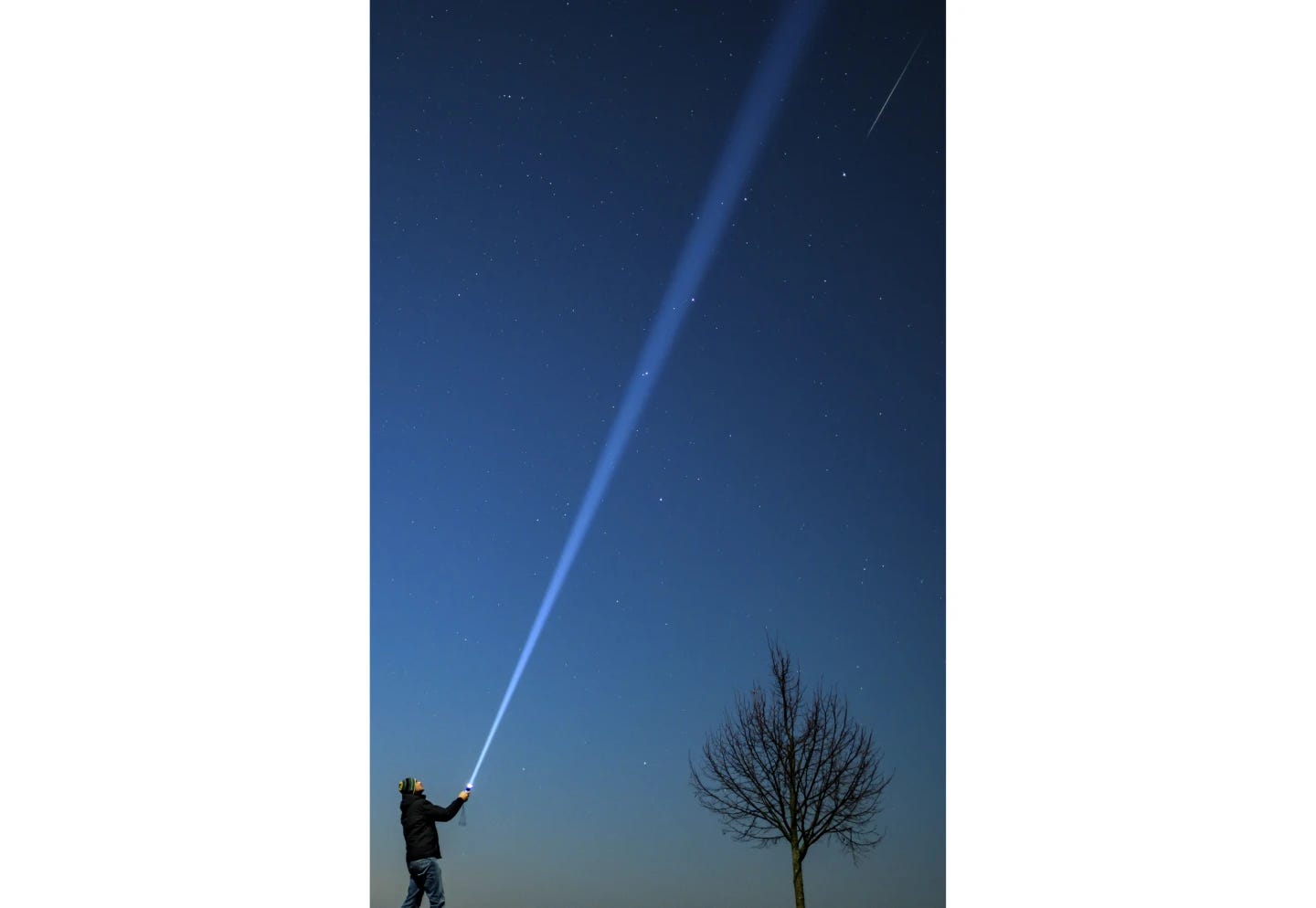How to Experience the Geminid Meteor Shower, One of the Year's Most Spectacular Displays
Tips and Tricks for Viewing the Geminid Meteor Shower, One of the Year’s Most Spectacular Sky Shows
The Geminid meteor shower, one of the most impressive astronomical events of the year, is visible through December 21. While its peak occurred on December 13, skywatchers still have the chance to catch a glimpse of this dazzling spectacle. Here’s everything you need to know about the Geminids and other meteor showers, as this is one of the final opportunities to witness fiery trails across the sky.
Known for originating from an asteroid rather than a comet, the Geminids often emit a distinctive yellowish glow. According to Sally Brummel, planetarium manager at the University of Minnesota’s Bell Museum, this hue likely results from the unique composition of the asteroid debris.
In ideal conditions, the Geminids provide a breathtaking show, with a high volume of meteors streaking across the sky each hour. However, this year, the near-full moon reduced visibility, limiting the number of meteors visible to around 15 per hour during peak activity, as predicted by the American Meteor Society. "The moonlight will obscure many of the meteors," Brummel explains.
Meteor showers are natural events that occur annually, and you don’t need any special equipment to enjoy them. Most showers stem from debris left by comets, but the Geminids stand out as one of the few that originates from an asteroid—3200 Phaethon, which orbits the Sun. When space rocks, ranging from dust particles to small boulders, enter Earth’s atmosphere, the air resistance heats them up, creating a glowing trail of light, which is what we see as a "shooting star."
The Geminid meteors, in particular, are known for producing fireballs, which are bright, larger-than-usual streaks of light. NASA’s William Cooke attributes this to the rocky nature of the asteroid debris, which can penetrate deeper into the atmosphere, resulting in more dramatic displays.
How to Best View a Meteor Shower
To get the most out of a meteor shower, it’s best to observe it between midnight and dawn. To enhance your experience, find a dark location away from city lights, and avoid the bright light of the moon, which can obscure fainter meteors. A cloudless sky will also improve visibility. Additionally, it's helpful to keep your phone put away, as your eyes will adjust to the dark more effectively without distractions.
What's Next?
For those who miss the Geminids, the next meteor shower, the Ursids, will peak on December 22. Be sure to mark your calendar for this exciting event!


